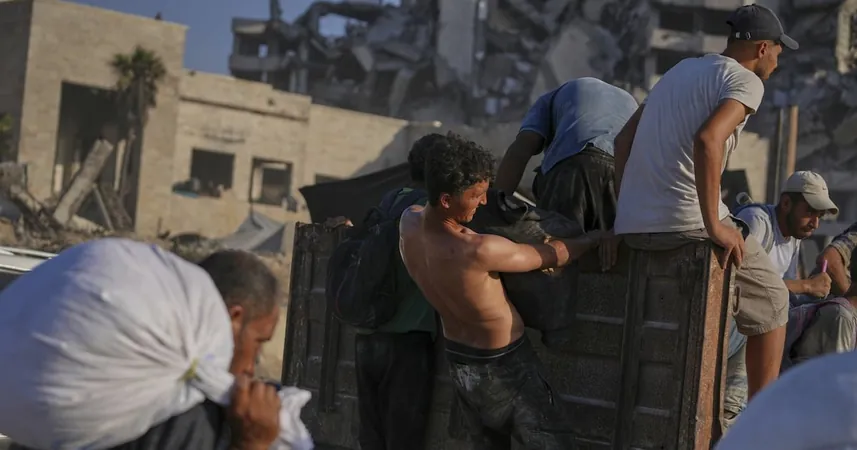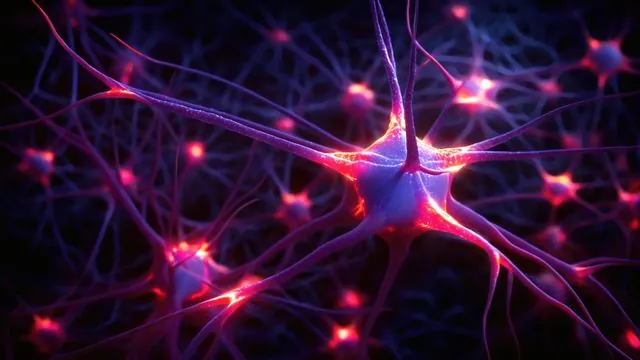
How Emergency Dispatchers Are Struggling to Identify Obvious Death during Cardiac Arrest Calls
2025-07-01
Author: William
The Silent Struggle in Emergency Dispatching
In the European Union, a staggering one-third of out-of-hospital cardiac arrests (OHCA) are met with silence from emergency medical services (EMS), often because the patient is already obviously deceased. This alarming reality calls for immediate action as it places unnecessary strain on limited EMS resources and underscores the urgent need for improvement in dispatch protocols.
A Closer Look at the Study
A recent study conducted between June 2020 and January 2022 evaluated how effectively clinically trained emergency medical dispatchers (EMDs) can detect signs of obvious death among suspected OHCA cases. The analysis involved over 1,000 calls to a dispatch center in Switzerland, revealing sobering statistics: while dispatchers handle calls with compassion and care, their ability to accurately assess situations remains critically low.
Startling Findings: Sensitivity and Specificity in Dispatch Responses
Out of 1,042 included calls, 335 patients were confirmed dead upon EMS arrival. Alarmingly, only 80 of these received the appropriate non-priority dispatch, leading to a sensitivity rate of just 23.9%. When dispatchers actively searched for signs of obvious death—like rigor mortis or postmortem lividity—sensitivity improved slightly to 33.1%. These figures highlight a pressing issue: a high degree of over-triage, where low-risk situations consume valuable EMS resources.
Why Is This Happening?
The study's findings indicate that a lack of systematic protocols in recognizing obvious death during emergency calls contributes to this issue. Despite dispatchers' medical training, only 20.2% of calls included inquiries about signs of obvious death, demonstrating a clear gap in training and procedural adherence.
The Immediate Need for Change
With a global average of 8% survival rates following OHCA, optimizing the dispatch process is of paramount importance. Implementing stringent protocols for dispatchers to systematically seek signs of obvious death can significantly conserve resources and enhance the efficiency of EMS responses. Continuous education and better training in recognizing life-threatening situations could be the key to bridging the existing gap.
Looking Ahead: A Call for Technological Advancements
As technology progresses, tools such as videophones may revolutionize how dispatchers assess situations. Enhanced visual interactions could substantially improve the accuracy of death determinations, potentially saving lives in critical moments. The question remains: will emergency services adapt quickly enough to these advancements?
Conclusion: Every Second Counts
The troubling reality of emergency dispatchers struggling to identify obvious death highlights a crucial aspect of emergency medicine that demands immediate reform. With ongoing training and better procedural guidelines, it is vital for dispatchers to accurately assess cases swiftly, thereby saving precious EMS resources—and, ultimately, lives.









 Brasil (PT)
Brasil (PT)
 Canada (EN)
Canada (EN)
 Chile (ES)
Chile (ES)
 Česko (CS)
Česko (CS)
 대한민국 (KO)
대한민국 (KO)
 España (ES)
España (ES)
 France (FR)
France (FR)
 Hong Kong (EN)
Hong Kong (EN)
 Italia (IT)
Italia (IT)
 日本 (JA)
日本 (JA)
 Magyarország (HU)
Magyarország (HU)
 Norge (NO)
Norge (NO)
 Polska (PL)
Polska (PL)
 Schweiz (DE)
Schweiz (DE)
 Singapore (EN)
Singapore (EN)
 Sverige (SV)
Sverige (SV)
 Suomi (FI)
Suomi (FI)
 Türkiye (TR)
Türkiye (TR)
 الإمارات العربية المتحدة (AR)
الإمارات العربية المتحدة (AR)